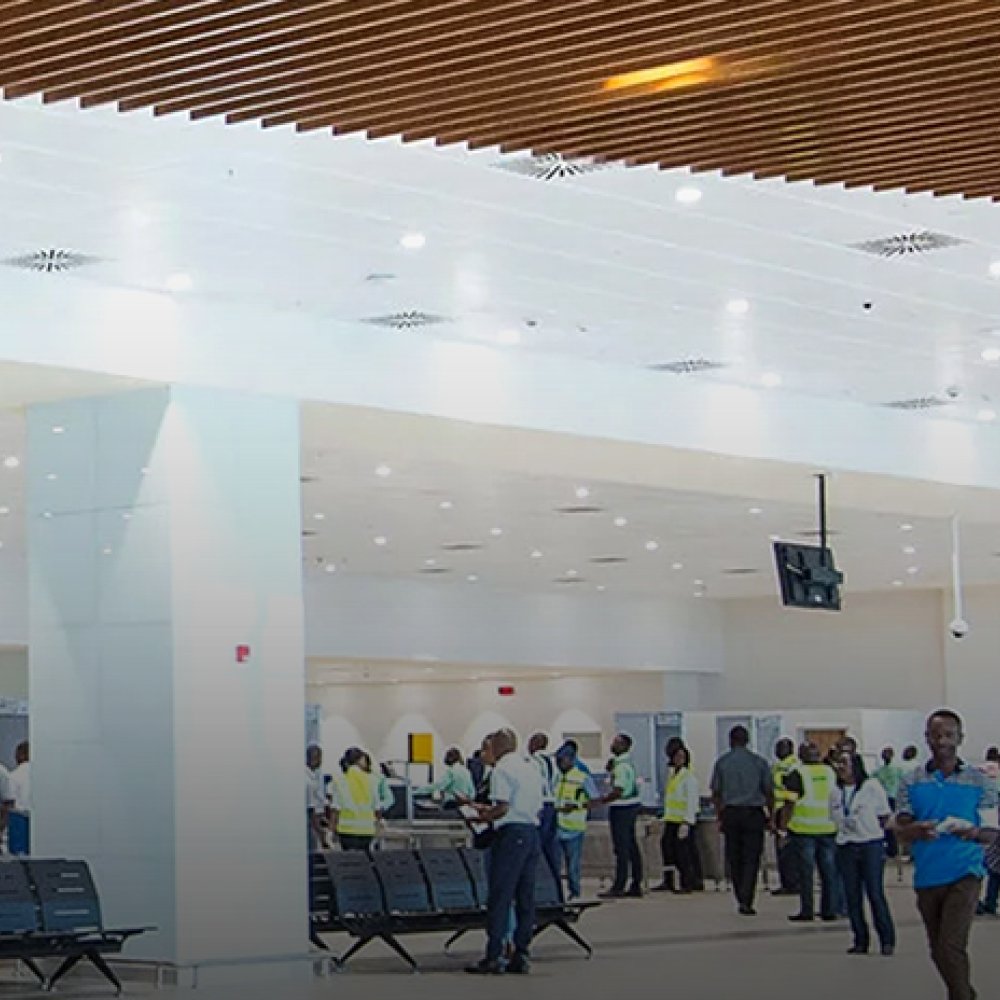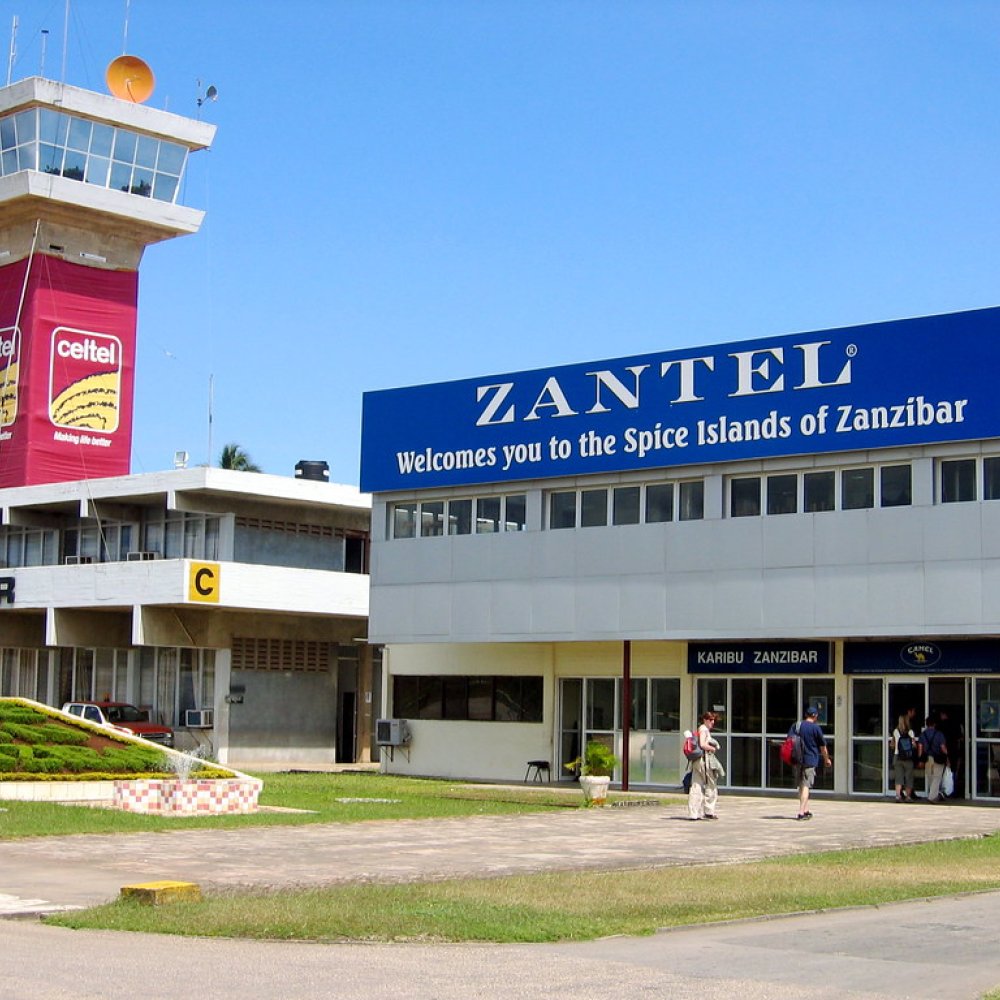Picture this: You’re waking early in Kisumu with your suitcase packed neatly beside you, the city slowly coming to life around you as vendors prepare for the day and motorbikes buzz past. Your flight is set for 8:00 AM, and the tick of the clock makes you wonder - how exactly will you get to Kisumu Intl Airport, KE, on time and without fuss? Navigating the journey from the city centre to the airport can feel like a puzzle, especially when facing the vibrant bustle of Kenya’s third-largest city. Will you opt for a taxi weaving through traffic, an affordable ride-share, or a bus embracing a slower tempo? The path you choose can affect not just your budget but your peace of mind on the day of travel. From my own experience landing at Kisumu Intl Airport, KE a few months ago, the variety of options is excellent but knowing what’s best can feel overwhelming. Step inside this comprehensive guide designed to clear the fog and set you on the best route to catch your flight with confidence and calm.

Why Plan Your Airport Transfer?
Planning your trip to Kisumu Intl Airport, KE ahead of time answers many common travel anxieties. Airports can be unpredictable environments but knowing how to get there streamlines your journey, delivering you relaxed and ready. Poor planning can mean getting stuck in unexpected traffic jams, missing last buses, or paying over the odds for taxis in rushed moments. Proper foresight ensures your budget stretches further and eliminates unnecessary stress on travel day.
Moreover, Kisumu’s status as a regional hub means different options come with varied costs and travel durations. Planning also allows you to consider your comfort preferences - whether you value quick and direct connections or cost-effective, scenic rides. Weather, luggage constraints, and peak-hour troubles can all be mitigated by early decisions.
When I last flew from Kisumu Intl Airport, KE, a well-timed pre-booked ride-share saved me from the chaos of last-minute haggling. The road to the airport may be only 20 to 30 kilometres from the city centre, but traffic conditions can change in an instant. By planning, you can catch early services and use timely transfers, keeping you on the right side of your departure gate.
Price & Time Grid: Your Options at a Glance
| Mode of Transport | Single Fare (KES) | Return Fare (KES) | Typical Journey Time | First Service | Last Service | Night Surcharge |
|---|---|---|---|---|---|---|
| Taxi | 1,500–2,000 | 3,000–4,000 | 30–45 mins | 24/7 (on-demand) | 24/7 (on-demand) | Yes (approx 20%) |
| Rideshare (Uber, Bolt) | 1,200–1,800 | 2,400–3,600 | 30–45 mins | 06:00 | 23:00 | Yes (approx 25%) |
| Kisumu Intl Airport, KE Train | 300 | 600 | 40–50 mins | 05:30 | 19:00 | No |
| Express Bus | 200 | 400 | 50–60 mins | 06:00 | 21:00 | Variable |
| Local Bus | 100 | 200 | 70–90 mins | 05:30 | 20:00 | No |
As this table summarises, you have a full spectrum of choices when figuring out how to get to Kisumu Intl Airport, KE. Taxis and rideshares offer speed and flexibility but come with the highest fares and potential night surcharges. The Kisumu Intl Airport, KE train is the most budget-friendly and consistent for daytime travellers. Bus options serve thrifty travellers but take longer and may be less reliable in peak hours. Whichever you pick, allow some buffer time around peak periods or late arrivals.
Step-by-Step Guide for Each Mode
Taxi
- Confirm your flight time and allow 1.5 hours for the journey.
- Call a reliable taxi company or book via your hotel concierge.
- Negotiate or confirm the fare before sealing the deal, expect 1,500–2,000 KES.
- Hop in promptly at agreed time, preferably 2 hours before departure.
- Track your journey or notify your driver of any time changes.
Rideshare from City Centre to Kisumu Intl Airport, KE
- Open your preferred app (Uber or Bolt), confirm pickup location.
- Select Kisumu Intl Airport, KE as your destination.
- Compare fare estimates and wait times before booking.
- Confirm driver details and be ready at pickup within minutes.
- Enjoy a seamless ride, keeping your phone charged for communication.
Kisumu Intl Airport, KE Train
- Check the train timetable in advance to sync with your flight.
- Purchase tickets online or at Kisumu main railway station.
- Arrive at the station at least 15 minutes early for boarding.
- Keep your luggage secure and be mindful of peak hours.
- Disembark directly at the Kisumu Intl Airport, KE station.
Bus to Kisumu Intl Airport, KE
- Head to the appropriate bus terminus for local or express buses.
- Confirm with drivers the bus route includes the airport stop.
- Pay your fare in cash; keep small notes ready.
- Board early to secure a seat and stow your luggage safely.
- Listen for airport announcements or communicate with the conductor.
Returning a Rental Car
- Top up fuel to the required level stipulated in your rental agreement (Hertz, March 2025 recommends full-to-full).
- Follow posted signage carefully to the designated rental car return area at Kisumu Intl Airport, KE.
- Remove all personal belongings and ensure the car is clean.
- Conduct a vehicle inspection with rental staff or submit a damage report via app.
- Complete necessary paperwork, keeping copies for your records.
- If returning after hours, use the drop-box facility provided for keys and documents.
- Take the shuttle or walk to the Departures terminal as directed.
Money-Saving Hacks
- Book rideshares during off-peak hours to avoid surge pricing.
- Use the Kisumu Intl Airport, KE train for budget-friendly, reliable trips.
- Share taxis with fellow passengers heading to the airport to split fares.
- Purchase round-trip bus tickets for discounted pricing where possible.
- Avoid last-minute transport bookings by scheduling your ride a day ahead.
Peak-Hour vs Off-Peak Travel Times
Peak-hour traffic in Kisumu often begins around 06:30 and stretches until 09:00, and again from 16:00 until 19:00. During these times, roads leading to Kisumu Intl Airport, KE can slow significantly, especially on Routes B1 and B2. If your flight is during these windows, allow additional travel time - sometimes up to double what off-peak conditions might require.
Conversely, travelling during off-peak hours means smoother rides and generally cheaper fares for taxis and rideshares due to reduced demand. Train and express bus services maintain fairly consistent schedules but are less frequent late evening and early morning. Choosing to travel outside congested times dramatically reduces the risk of missing flights and the frustration of delays.

Accessibility & Luggage Factors
For travellers with limited mobility or heavy luggage, taxis and rideshares remain the most convenient options. Drivers often assist with loading bags directly into boot compartments, saving you strain. Kisumu Intl Airport, KE train services have limited luggage space and access ramps, so confirm assistance availability in advance. Local and express buses might be crowded and less accommodating for large suitcases, so plan accordingly.
Additionally, some bus stops lack formal shelters or ramps, posing challenges during rainy seasons or for wheelchair users. Pre-booking a taxi or rideshare not only provides doorstep pickup but also guarantees you won’t have to haul your bags across uneven surfaces. If you’re travelling with bulky sports gear or musical instruments, taxis are your safest bet to avoid damage or delays.
Carbon-Smart Alternatives
If you’re eco-conscious, there are several green transport options when figuring out how to get to Kisumu Intl Airport, KE. Shared shuttle services cater to groups and reduce per-person emissions, running fixed schedules across popular city pickup points. Bike-and-ride options, while less common, serve short distances in dry weather and are a vibrant local experience. For those combining car and transit, park-and-ride facilities near Kisumu’s outskirts allow you to drive partway and complete the trip by train or express bus, blending speed and sustainability.
Sample 08:00 Flight Timeline
- T-12 hours: Check your flight status and arrange airport transfer.
- T-4 hours: Confirm your ride booking or purchase tickets for train/bus.
- T-2 hours: Begin your airport journey, factoring in traffic and stops.
- T-0: Arrive at Kisumu Intl Airport, KE with sufficient time for check-in and security.
Hidden Pitfalls & Local Quirks
While Kisumu offers diverse transport modes, a few quirks might surprise you if you’re not prepared:
- Strike days: Public transport workers occasionally strike, disrupting bus and train services - check news updates before travelling.
- Cash-only buses: Most local and express buses do not accept cards or mobile payments; always carry exact cash to avoid disputes.
- Motorway tolls: Some taxis and rideshares might add small toll fees en route - confirm if these are included in your fare beforehand.
Eight Mistakes Travellers Make
- Waiting until the last minute to book airport transport, leading to inflated costs or no availability.
- Underestimating peak-hour traffic delays, risking missed flights.
- Not verifying fares beforehand with taxis, resulting in unexpected extra charges.
- Assuming all buses stop directly at the airport - some require a final shuttle or walk.
- Ignoring luggage policies on trains and buses, creating complications with bulky bags.
- Failing to plan access for mobility aids, leading to uncomfortable or impossible journeys.
- Overlooking night surcharges on taxis and rideshares, increasing costs after dark.
- Neglecting to check for public transport strikes or local holidays that may impact schedules.
Frequently Asked Questions
What’s the cheapest way to get to Kisumu Intl Airport, KE?
The cheapest travel mode is usually the local or express bus, with fares from 100 KES. However, it’s slower and less convenient if you have heavy luggage or tight schedules. The train offers a good mid-point in price and reliability.
Is it safe to take a taxi to Kisumu Intl Airport, KE late at night?
Taxis are generally safe, especially those booked via trusted companies or your accommodation. Avoid unlicensed or roadside taxis after dark. Expect a night surcharge and confirm your driver’s details before departure.
Can I use the Kisumu Intl Airport, KE train for early morning flights?
The train operates from around 05:30 but has limited early services. For very early flights, taxis or pre-booked rideshares are recommended to ensure timely arrival.
How do I manage large luggage if I take the bus to Kisumu Intl Airport, KE?
Local buses can be crowded and have limited luggage space. Consider using taxis or rideshares if travelling with bulky bags. If taking the bus, secure your baggage carefully and be prepared to carry smaller cases onboard.
Call to Action
Now that you’re equipped with all you need to master how to get to Kisumu Intl Airport, KE, why not share your own experiences or tips in the comments below? Join our travel community and subscribe for more expert guides on airports around the world - your stress-free journey starts here!





